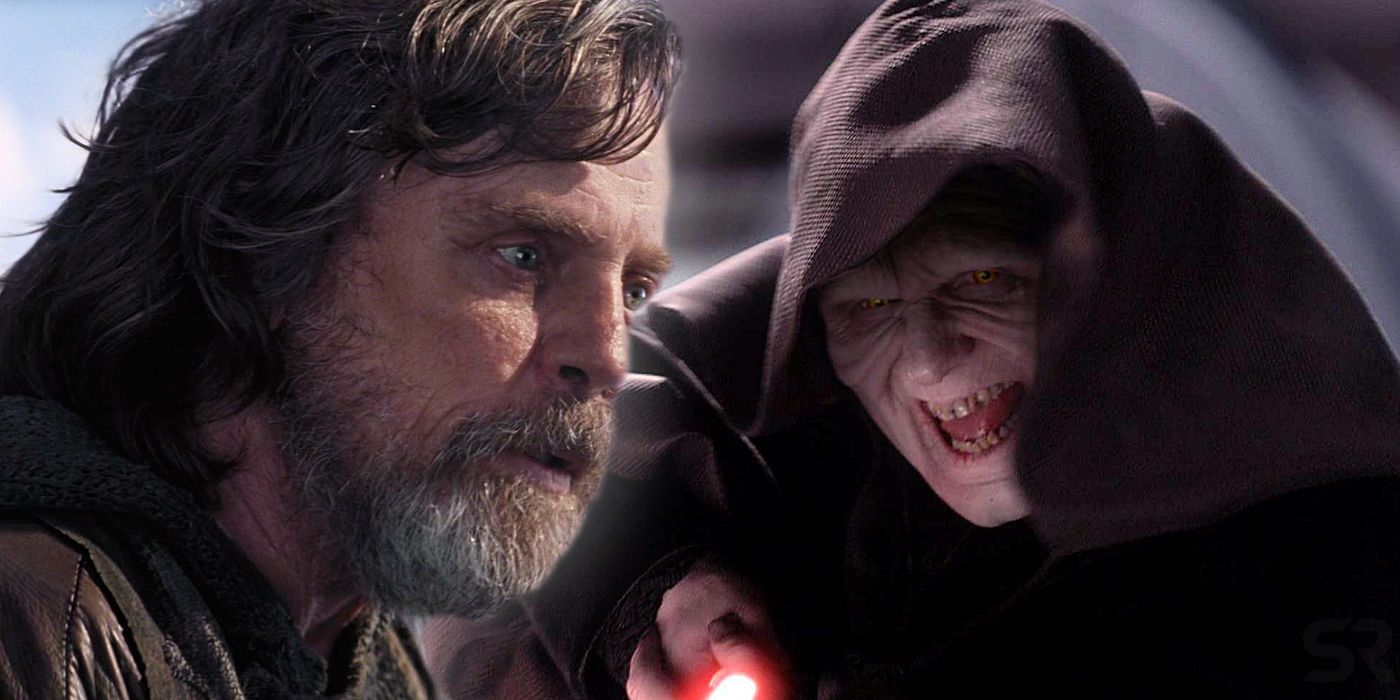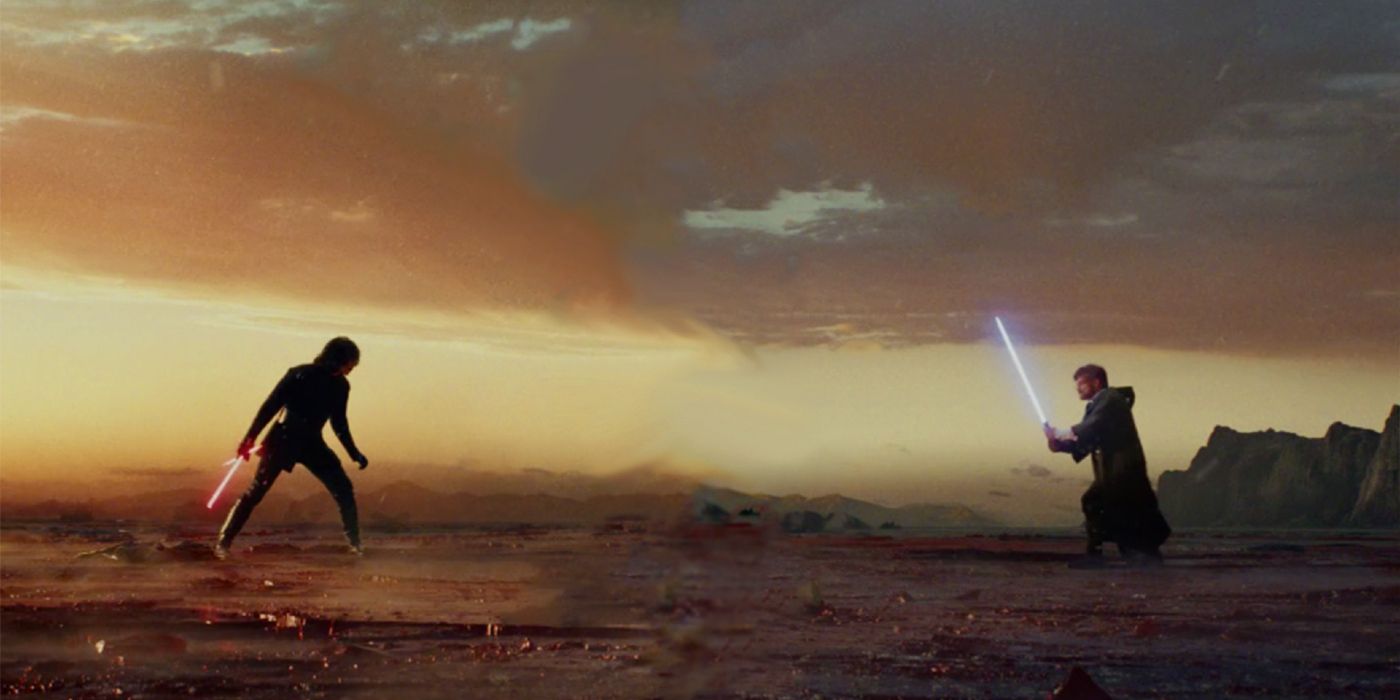Last Jedi's Darth Sidious Reference Showed It Truly Understood The Prequels

Star Wars: The Last Jedi's Darth Sidious reference highlights the movie's understanding of the prequel trilogy, particularly how Palpatine was able to turn the Republic into the Empire. A core problem with the following film, Star Wars: The Rise of Skywalker, is that it's considered to be heavier on fan service than substance, meaning it is more concerned with baiting fans, rather than including moments that are truly earned.
Running up to the release of The Rise of Skywalker, there was debate about whether Rey is from a known lineage of Force-sensitives or whether she is first generation, or of an unknown bloodline. Many Star Wars fans were hoping that Rey truly had been picked from obscurity and would be allowed to stand on her own, without the shading of a past Skywalker or Palpatine connection. In retrospect, this would have been best for Rey’s character because she would have been allowed to be herself, instead of also being Palpatine’s granddaughter.
Sheev Palpatine has been a shadow manipulator in every part of Star Wars movie canon. He is heavily involved with Anakin Skywalker turning towards the dark side in the prequels, and Luke Skywalker acknowledges this in The Last Jedi. As Luke talks about the extinction of the Jedi at the hands of Palpatine, it invokes images from all of the movies, including the prequel trilogy. He uses the name Darth Sidious, which had not been spoken since the prequels. In doing so, Luke's hope to end the Jedi becomes apparent. He's not guided by what happened in the original trilogy; instead, he sees that returning to the old ways of the Jedi would be detrimental. After all, he already tried and failed.

In The Last Jedi, Snoke even uses the same manipulation tactics on Kylo Ren that Sidious used on Anakin. He builds up Kylo Ren's ego by saying he has “raw, untamed power.” Since he knows that Kylo’s motivation is to be like his grandfather, Snoke exploits this by telling him that he could be the next Vader. Like any masterful manipulator, Snoke snatches away his praise by immediately following with, “Now, I fear I was mistaken.” He further berates Kylo by telling him to take his “ridiculous” helmet off. Viewers know that Kylo fashioned his helmet after Vader’s, so this has to foster some resentment.
Later, Rey makes the comparison that Luke “made” Kylo Ren by not trusting him or giving him the benefit of the doubt. This is a running motif within all of Star Wars: People are a product of their upbringing as much as a product of birth. If Obi-Wan had had more faith in Anakin maybe he wouldn’t have turned; maybe he would have stood up to Darth Sidious. On the flip side, we’re reminded through Broom Boy that anyone can be strong with the Force, regardless of upbringing. This solidifies hope for the rebirth of the light side of the Force.
There are fan-servicing moments in The Last Jedi, such as Yoda reappearing as a Force Ghost, but they’re not the whole story. Star Wars: The Last Jedi puts forth a substantive narrative using touch points such as Darth Sidious to harken back to the prequels. Unfortunately, The Rise of Skywalker goes through the encyclopedia Star Wars to pick out which bits the fans will cheer for the most. It’s basically the last five minutes of a fireworks display. They know it’s over, so they fire off every spark they have.
from ScreenRant - Feed https://ift.tt/2K7uBwJ
via Whole story

Post a Comment